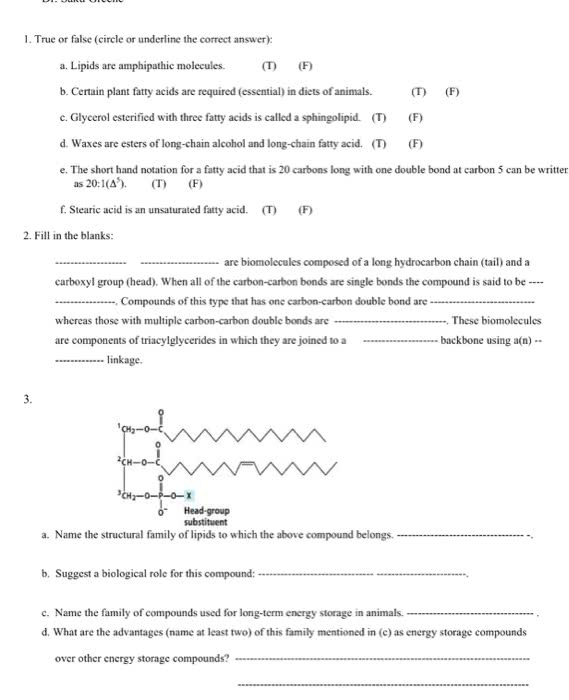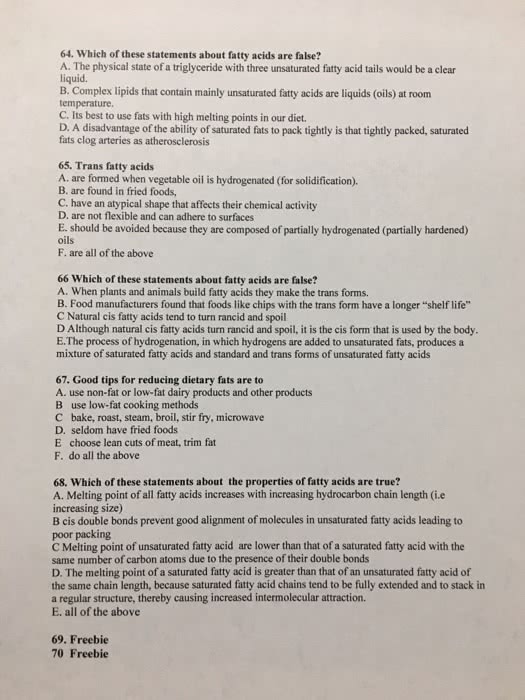FND 301 Lecture Notes - Lecture 1: Phospholipid, Glycerol, Polyunsaturated Fat
Document Summary
Dietary fats are essential nutrients that play vital roles in growth and development. Fats or lipids offer additional health benefits related to the prevention of heart disease and immune function. There are 3 different types of fats commonly found in foods: triglycerides, phospholipids and sterols. Lipids in the body are fatty acids, glycerides, phospholipids and sterols. Fatty acids: organic molecules made up of a chain of carbon atoms linked to hydrogens and an acid group (carboxyl group) at one end. Triglycerides: the major form of lipid in food and in the body that consists of three fatty acids (tri) attached to one glycerol molecule backbone. There are 3 structural considerations of a fatty acid: length of carbon chain. Naturally occurring fatty acids contain even number of carbons. 18-c fatty acids are the most common in foods. Fatty acid chain length determines the method of fat digestion and absorption and affects how fats function in the body.



